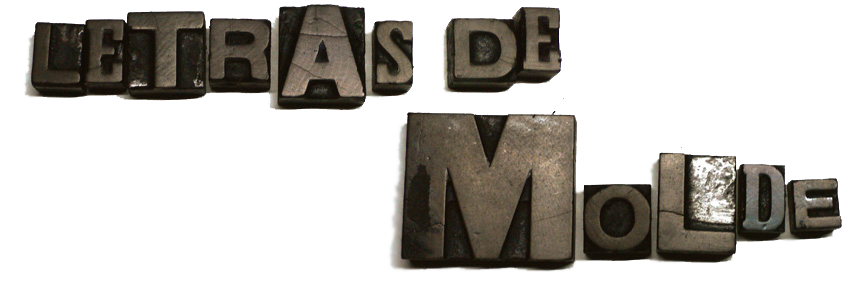Voy a transcribir exacta la nota, y si algún día tengo ganas/tiempo la traduzco.
Scientists Turn Brain Activity Into Moving Images
UC Berkeley researchers tap into technology that may one day allow for re-watching your dreams.
There are lots of comparisons to be made: DVR for the brain, seeing through someone else’s eyes, or a real life version of “Minority Report.”
But whatever you call it, what researchers at UC Berkeley have done could have major implications for getting inside someone’s head.
Authors of a new study published in Current Biology were able to reconstruct YouTube videos from a subject’s brain activity with the help of magnetic resonance imaging. In other words, study subjects watched videos while their brains were monitored, and scientists were later able to reconstruct approximate images of those videos from the brain imaging data.
“This is a major leap toward reconstructing internal imagery,” coauthor and psychology professor Jack Gallant told ABC News. “We are opening a window into the movies in our minds.”
Subjects watched a variety of images — clips of an airplane, elephants walking, text on a screen and Steve Martin in “Inspector Clouseau” (really guys? You couldn’t have asked for a suggestion from the film department on that one?).
Scientists recreated images by mapping tiny changes in blood flow to parts of the brain which decode visual images, all while subjects were viewing. The results are haunting, ghostly pictures — but they’re also pretty unfocused. In other words, it’s going to be a long time before you get brainwave movies in full HD.
Worried it won’t be long before the future crimes you’ve visualized — or those weird dreams about your 9th grade social studies teacher — will go public? Fear not. As far as reconstructing memories for court, the coauthor points out on the study's website: "After all, an accurate read-out of a faulty memory only provides misleading information."
Gallant also says visual modules exist all over the brain, and that researchers will have to build accurate models and mapping capabilities before getting further. “We need really big computers,” he told ABC. For those who wake up wanting to get back to that awesome dream where they were flying through a world made of cotton candy and inabited by beautiful people, that may seem like bad news. For others, it's probably cause for a sigh of relief.
